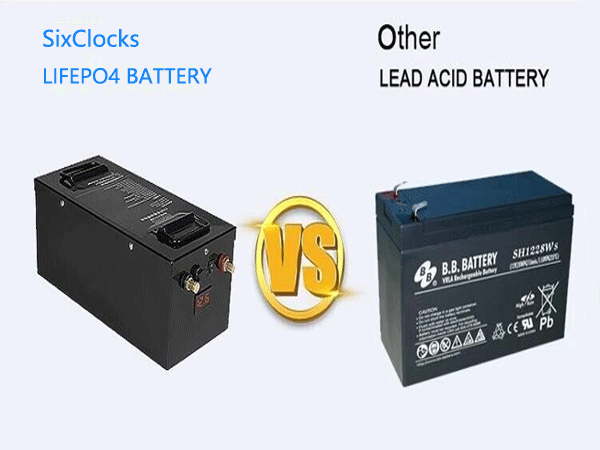7 Facts for Comparison Between Lithium-Ion and Lead Acid Batteries
The majority of individuals have a very old thing right in their hands. Lithium (which is found in a phone’s battery) was developed during the great Big Bang and other similar explosions that took place before the solar system came into formation. Lithium alkali metal is extremely reactive. It was initially discovered in the early 19th century and it is fairly rare because it is found isolated naturally. It makes up just 0.0007 percent of the crust of the earth. It is the least dense solid metal as well as the lightest one; so tender that it can be cut with a normal knife. Lithium metal has various industrial applications, such as:
*Lithium-ion batteries
*Grease that was used to operate plane engines throughout the Second World War
*An additive in the creation of different metals, for example steel
*Developing ceramic products and heat-resistant glass
Li-ion is now a favorable chemistry solution for power storage requirements and batteries all around the globe, from RVs to backup supplies of power. When lithium batteries are utilized in solar power storage applications, these are a remarkably effective method to harness the energy of the sun.
Analyzing the Numbers: Truths About Lithium Batteries Vs. Lead Acid Batteries
Lead metal is heavy, non-radioactive and has been the requirement in batteries for years. So, why should we think about a lithium battery solution? Below are 7 factors describing the difference between lithium-ion batteries and lead-acid batteries.
1) Discharge: Li-ion batteries can be discharged 100 percent versus lower than 80 percent for lead-acid. A lot of lead-acid batteries don‘t go for higher than 50 percent DOD (depth of discharge).
2) Efficiency: Li-ion batteries are almost 100 percent efficient in both discharge and charge, permitting for similar amp hrs both out and in. The inefficiency of lead-acid results in a loss of 15 A while you are charging and fast discharging decreases voltage rapidly and lowers the capacity of the batteries.
3) Weight: Li-ion batteries are 1/3rd the mass of lead-acid ones.
4) Environmental Effect: Li-ion batteries are better for the environment and are a cleaner solution.
5) Expense: Although advance expenses of Li-ion batteries are higher, the real price of ownership is significantly lower than lead-acid batteries when taking into consideration life expectancy and performance.
6) Voltage: Li-ion batteries preserve their voltage during the whole discharge cycle thus enabling more and longer-lasting efficiency of electric elements. Voltage drops regularly in lead-acid batteries during the discharge cycle.
7) Cycle Life: Cycle life is significantly impacted by greater discharge levels in lead-acid batteries, versus just a little bit impacted in Li-ion ones. Rechargeable Li-ion batteries cycle 5k times or higher compared to only 400 to 500 cycles in lead-acid batteries.
Although they have been utilized to provide power to the exact same applications, that’s where the resemblance between both these batteries ends. The lithium batteries provide better quality performance in a much harmless and longer-lasting bundle.

